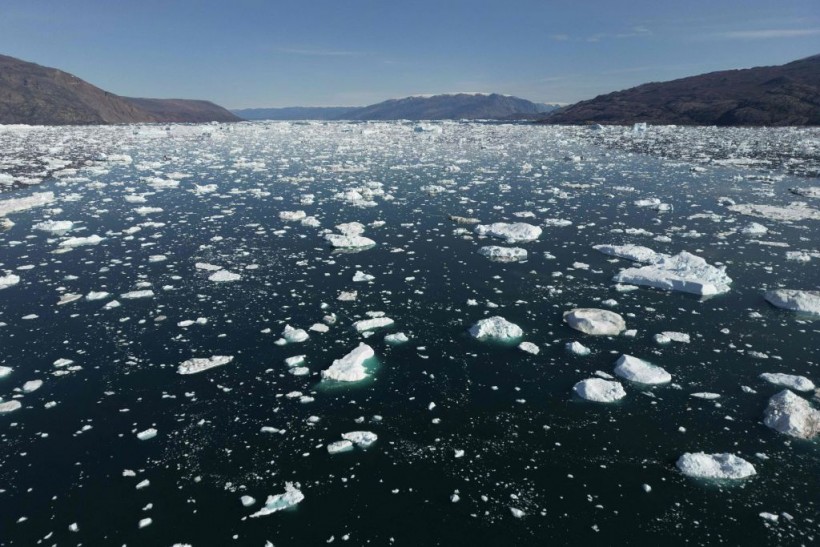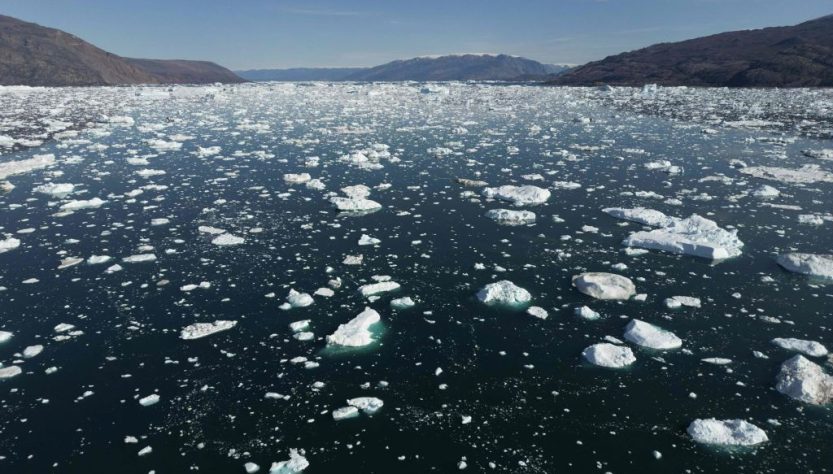The latest report discovered that tracking icebergs using GPS could help with the improvement of climate models. The increasing threats of warming conditions have caused alarm among experts due to potential effects of the following:
- wildlife
- biodiversity
- livelihood
- low-lying communities.
Predicting a changing climate model is essential for communities to prepare for challenging weather conditions, including storms, hurricanes, wildfires, heatwaves, and drought.
In the recent NWN report, the melting of ice sheets and the decline of sea ice can harm the population of animals in the region, including polar bears and emperor penguins.
With the threat of increasing emissions, climate change can unfold hotter temperatures and prolonged warmth. The rapid rise of global warming can melt important sea ice, impacting the survival of animals.
In the Antarctic, some of the ice sheets in the region have existed for thousands of years. However, exacerbating climate change could make it more difficult for ice to survive.
Tracking Icebergs and Climate Models

Fjord, Greenland. The increasing melting of ice could lead to rapid sea level rise and damage to wildlife. In a new report, researchers found ways to improve climate models by using GPS-tracked icebergs.
In an effort, researchers discovered a novel way to improve climate models by using GPS-tracking devices on icebergs. The study report was published in the Journal of Geophysical Research: Oceans.
The report raised concerns about the warming conditions that affect the Greenland Ice sheet. The melting of said ice sheet could result in a devastating rise in sea level. As a result, researchers from the University of Maine used satellite data to monitor the ice loss in the region.
In addition, the sea ice loss could affect the weather conditions. With the GPS devices attached to icebergs, it helped the researchers to understand the fjord circulation and mobility to improve climate models.
The GPS provided new insights into the position and state of 13 icebergs, monitored in 2014 and 2019. Researchers discovered that the freshwater flow plays a crucial role in the movement of primary fjord.
“Glaciers have reshaped global climate and ecosystems for millions of years. Novel research from our world-renowned climate scientists provides more insight into how they interact with their surrounding environments and plays a vital role in predicting our climate future,” UMaine President Joan Ferrini-Mundy said, as quoted in a report.
The icebergs can play a crucial role in observing the potential rise of sea level. Due to challenging weather conditions and extreme cold, the application of a GPS tracker could become an innovative tool to monitor sea ice loss or decline.
The climate data or information would be helpful for experts, especially to mitigate the impacts of climate change and rising temperatures that accelerate the ice decline.
Also Read: Global Warming Unearths Rare Artifacts from Ancient Ice Locked for Thousands of Years
Climate Change and Extreme Weather Events
In a recent report, researchers warned of climate change impacts on extreme weather events. Understanding the effects of severe weather could help communities to become more prepared.
Intensifying global weather events could cause widespread to properties and communities. Wildlife and habitats are also likely to become affected.
Related Article: Climate Change Predictions Suggest Extreme Flooding Globally, Experts Warn
For more similar, don’t forget to follow Nature World News
© 2024 NatureWorldNews.com All rights reserved. Do not reproduce without permission.

